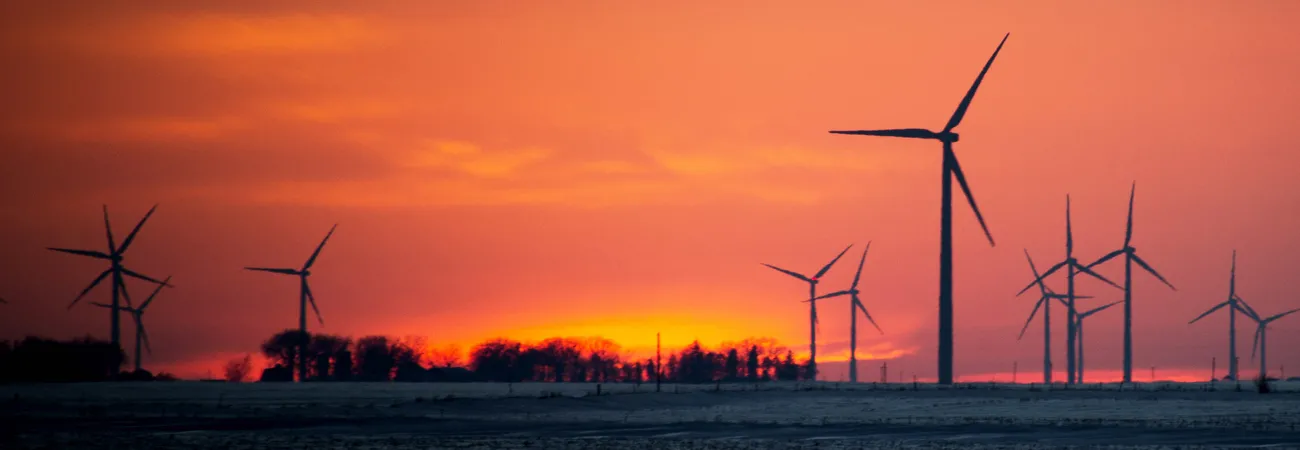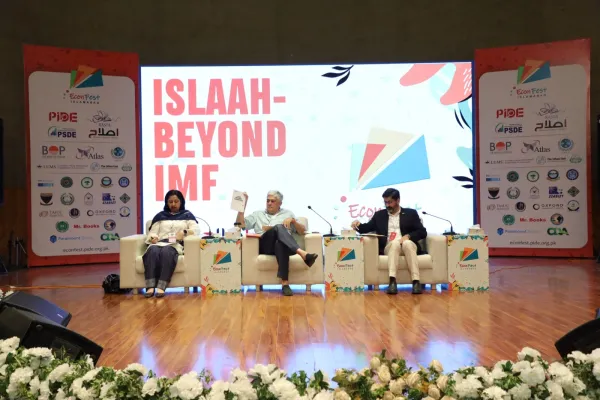i ECONOMY
Pakistan has witnessed a promising shift towards sustainable clean energy in recent years, with its wind energy potential gaining significant traction under the China-Pakistan Economic Corridor (CPEC). This ambitious initiative is proving instrumental in reshaping the country's energy landscape, steering it away from the traditional reliance on fossil fuels towards a more sustainable future. Talking to WealthPK, Assistant Director of Alternative Energy Development Board (AEDB) Mohammad Yasin said, “Pakistan is grappling with a significant deficit in electricity supply. A considerable portion of rural regions lack access to electricity, and even the urban centres connected to the national grid are facing long hours of load shedding.”
“The AEDB has an upfront task of encouraging local and foreign investment for distributed renewable energy (DRE) generation. The building of micro-hydro dams, solar and wind power plants in KP, Punjab, and Sindh provinces respectively are the result of this focus. “To harness the wind potential and encourage investment in the wind power projects, the government has offered various incentives which include attractive tariff rates, availability of land on cheaper rates, wind risk, guaranteed power purchase, zero-rated import duties on equipment and exemption of income tax & sales tax,” he said.
The government has tasked the AEDB with ensuring 6% of total national power generation capacity to be generated through renewable energy technologies by the year 2030. Speaking to WealthPK, Research Associate at the Centre of Excellence-China Pakistan Economic Corridor (CoE-CPEC) Adnan Khan said, “Pakistan begins to reap the benefits of Chinese investment in renewable energy infrastructure. Jhimpir-Gharo Corridor is the major success of growth in wind energy.”
“With the majority of wind power installations in this region along with the first wind plant of Pakistan, this region still holds the potential for growth of wind market. Gharo-Jhimpir wind corridor in Sindh, a 180km (110 mile) stretch of coastal land, has the potential to produce 11,000MWs of electricity,” the official said. He said green energy transformation was gaining momentum and more than 100 wind turbines in Thatta district were constantly feeding green power to the households in the rural areas as part of the CPEC.
According to the data available with WealthPK, during 1QFY24, power generation increased by 7.4% YoY to 44,138GWh (19,990 MW) compared to 41,081GWh (18,606 MW) during 1QFY23. In September, hydel was the leading source of power generation, accounting for 37.6% of the generation mix, followed by nuclear (17.1%) and RLNG, accounting for 16% of the power generation. Among renewables, wind, solar and bagasse generation amounted to 3.1%, 0.6% and 0.3% of the generation, respectively.
Credit: Independent News Pakistan (INP)









